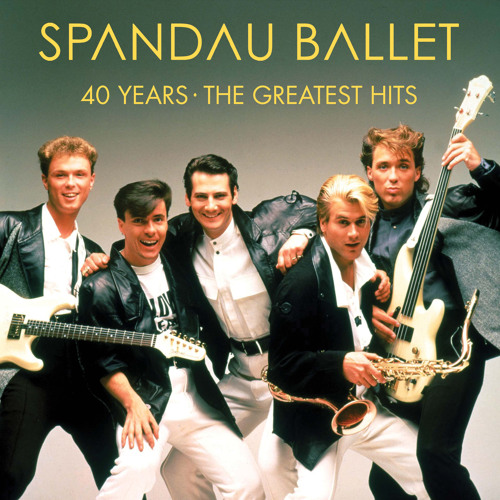In the vibrant music landscape of the 1980s, few bands captured the essence of the era quite like Spandau Ballet. With their distinctive sound, stylish aesthetic, and heartfelt ballads, they etched their name into music history. From the dawn of the New Romantic movement to their enduring legacy, this article explores the captivating career of Spandau Ballet and their significant impact on the music and pop culture of the time.
Formative Years and the New Romantic Movement.
Emerging in 1979 in London, Spandau Ballet quickly became pioneers of the New Romantic movement. Infusing elements of new wave, synth-pop, and post-punk, the band developed a sound that blended infectious pop hooks with a touch of alternative edge. Led by Tony Hadley’s soulful vocals and the Kemp brothers’ songwriting brilliance, Spandau Ballet effortlessly fused style with substance, setting themselves apart in the music scene.
Breakthrough Success.
Spandau Ballet’s breakthrough came in 1983 with the release of their third studio album, aptly titled “True.” The album spawned the iconic ballad that shares its name, becoming an instant classic. “True” captured the hearts of audiences worldwide with its smooth melodies, heartfelt lyrics, and romantic charm. The album also featured the global hit ‘Gold‘. The song’s timeless appeal elevated Spandau Ballet to new heights, solidifying their status as ’80s legends.
Musical Evolution and Continued Success.
Building on their initial success, Spandau Ballet embarked on a musical journey of evolution and exploration. Their subsequent albums showcased their growth as artists, as they incorporated funk, jazz, and rock influences into their sound. Albums like “Parade” (1984) showcased their versatility and songwriting maturity, further solidifying their place in the music industry. Spandau Ballet’s captivating live performances also became legendary, captivating audiences with their electrifying energy and impeccable musicianship.
Beyond the Music: Film and Fashion.
Spandau Ballet’s impact extended beyond their music. Notably, the Kemp brothers, Gary and Martin, ventured into the world of acting, showcasing their talents on the silver screen. In the 1990 film “The Krays,” Martin Kemp portrayed the notorious gangster Reggie Kray, delivering a standout performance that displayed his versatility as an artist. Gary Kemp also made a memorable appearance in the film as Ronnie Kray, effectively showcasing his acting prowess. This foray into acting further solidified Spandau Ballet’s influence and expanded their artistic horizons.
Legacy and Influence.
Spandau Ballet’s legacy is defined by their timeless music and their lasting influence on subsequent generations. Their ability to craft memorable hits, evolve their sound, and connect with audiences on an emotional level solidified their status as icons of the ’80s. The echoes of their sound and style can be heard and seen in the works of contemporary artists who continue to draw inspiration from their artistry. Additionally, their ventures into film further exemplified their multifaceted talents and expanded their cultural impact.
Spandau Ballet’s journey from the heart of the New Romantic movement to becoming 80s legends is a testament to their exceptional talent, captivating music, and enduring style. With their unforgettable ballads, infectious pop hooks, and distinctive fashion sense, they left an indelible mark on the music and pop culture of their time. Their foray into acting, with Gary and Martin Kemp’s notable appearances in films like “The Krays,” showcased their artistic versatility and further solidified their influence. As their music continues to resonate with audiences, Spandau Ballet remains an iconic symbol of the ’80s.

